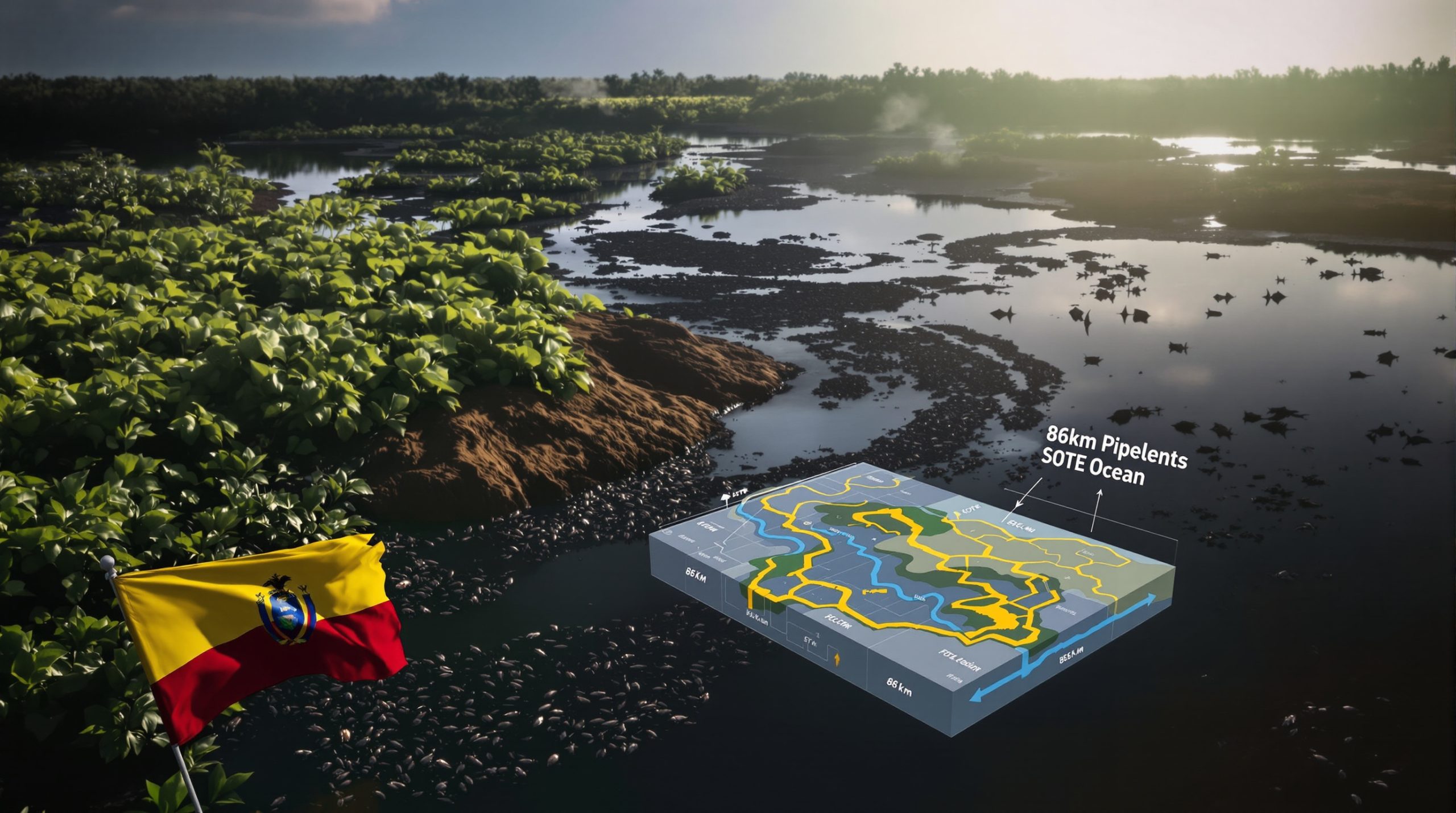Understanding the Robe River Joint Venture: Strategic Investment and Future Growth
The Robe River Joint Venture (RRJV) represents one of Western Australia's most significant iron ore mining partnerships, operating in the resource-rich Pilbara region. Established decades ago, this collaborative venture combines operational expertise with strategic capital investment to maintain Australian iron ore leadership. The partnership structure brings together major mining and steel industry players to ensure sustainable development of the region's rich mineral resources.
What is the Robe River Joint Venture and Who Are the Key Partners?
The ownership structure of the Robe River Joint Venture consists of three major mining and steel industry players with complementary interests and expertise:
- Rio Tinto: 53% ownership stake ($389 million investment in current project)
- Mitsui Iron Ore Development: 33% ownership stake
- Nippon Steel: 14% ownership stake
This strategic alliance combines Rio Tinto's operational expertise with Japanese industrial partners who provide both capital and guaranteed market access for the produced iron ore. The Japanese partners have been investing in Australian iron ore projects since the 1960s, following a model that delivers stability to both the mining operations and steel production supply chains.
The Pilbara region, where the joint venture operates, produces approximately 580 million tonnes of iron ore annually, representing about 95% of Australia's total iron ore production. This makes partnerships like the Robe River Joint Venture crucial to the national economy and global steel supply.
Rio Tinto's broader Pilbara operations include 16 iron ore mines, making the company a dominant player in the region. The Robe River Joint Venture operates multiple mine sites including West Angelas, Mesa A, Mesa J, and Robe Valley operations, all integrated into Rio Tinto's extensive Pilbara infrastructure network.
What New Developments Are Happening at the West Angelas Hub?
$733 Million Investment Details
The joint venture developments partners have committed $733 million to develop the West Angelas Sustaining Project, representing a significant vote of confidence in the long-term viability of iron ore mining in the Pilbara. Rio Tinto's share of this investment is $389 million, proportional to its 53% ownership stake. This substantial capital commitment will:
- Develop new iron ore deposits within the existing West Angelas hub
- Maintain current production capacity of 35 million metric tons annually
- Extend the operational lifespan of the mining complex
- Implement autonomous trucking technology for ore transportation
- Target first ore production by 2027
The investment timeline spans from 2025 to 2027, with construction activities ramping up during this period before the new deposits begin producing ore. This strategic timing allows for seamless integration of the new deposits into existing operations.
Infrastructure Optimization Strategy
The project demonstrates a strategic approach to resource development by:
- Leveraging existing processing infrastructure to minimize capital expenditure
- Constructing new non-process infrastructure precincts where needed
- Building additional haul roads to connect new deposits to processing facilities
- Balancing capital efficiency with production sustainability
This approach of utilizing existing infrastructure while selectively building new components represents a capital-efficient development model. Similar strategies have been employed in other Rio Tinto tax strategies projects, such as the Western Range project approved in 2023, which extended the operational life of the Paraburdoo hub.
The West Angelas development showcases the mining industry's evolving approach to asset management, focusing on extending the life of existing operations rather than developing entirely new greenfield projects, which typically require substantially higher capital investments.
How Will This Investment Impact Employment and Regional Development?
Job Creation and Workforce Sustainability
The West Angelas Sustaining Project will deliver significant employment benefits across both construction and operational phases:
| Project Phase | Jobs Created | Duration |
|---|---|---|
| Construction | 600 positions | 2025-2027 |
| Operations | 950 roles | Long-term |
These employment opportunities represent a substantial economic contribution to Western Australia's mining sector and regional communities. The Pilbara region currently employs approximately 58,000 people in mining-related activities, with iron ore mining being the dominant employer.
The workforce composition will likely follow the modern Pilbara operations model, combining fly-in-fly-out (FIFO) workers with local residents. Roles will span across mining operations, maintenance, processing, logistics, and administrative functions.
Beyond direct employment, each mining job in the Pilbara typically generates an additional 1.5 indirect jobs in supporting industries including construction, logistics, hospitality, and services. This multiplier effect significantly enhances the project's contribution to regional development.
Rio Tinto already employs approximately 14,000 people across its Pilbara iron ore operations, making it one of the region's largest employers. The West Angelas Sustaining Project will help maintain this substantial workforce presence in the region.
What Makes This Project Environmentally and Culturally Responsible?
Indigenous Partnership and Cultural Heritage Protection
Rio Tinto has established collaborative relationships with the Traditional Owners of the land where the project will operate. This approach reflects lessons learned following the 2020 destruction of Juukan Gorge rock shelters, which prompted the company to implement enhanced cultural heritage management processes.
Key elements of the cultural heritage approach include:
- Co-designed Social Cultural Heritage Management Plans with Yinhawangka and Ngarlawangga Peoples
- Implemented ongoing protection and management protocols for cultural heritage sites
- Established environmental management frameworks to minimize ecological impact
- Received all necessary state and federal government approvals
The co-design methodology represents a significant advancement in how mining companies engage with Traditional Owners. Rather than simple consultation, this approach involves Traditional Owners as equal partners in decision-making processes, with shared authority and ongoing involvement throughout the project lifecycle.
The project is subject to both the federal Environment Protection and Biodiversity Conservation Act 1999 (EPBC Act) and Western Australia's Aboriginal Heritage Act 1972, ensuring comprehensive regulatory oversight of both environmental and cultural heritage aspects.
How Does the West Angelas Project Fit Into Rio Tinto's Broader Iron Ore Strategy?
Strategic Production Capacity Management
The West Angelas Sustaining Project forms part of Rio Tinto's broader replacement project strategy:
- Contributes to maintaining a combined production capacity of approximately 130 million metric tons annually
- Ensures reliable supply to meet global customer demand
- Maintains Rio Tinto's position as a leading iron ore producer
- Supports long-term supply chain relationships with Asian steel producers
Rio Tinto's total iron ore production capacity in the Pilbara is approximately 345 million tonnes per annum, with actual production reaching 321.6 million tonnes in 2023. The West Angelas project is therefore critical to maintaining this substantial production base.
The replacement project strategy involves developing new deposits near existing infrastructure as current ore bodies deplete. This approach extends operational life while avoiding the substantially higher capital costs associated with greenfield developments.
Rio Tinto's Pilbara operations are connected by 1,700 kilometers of rail network linking mines to four port terminals at Dampier and Cape Lambert. This integrated infrastructure network allows the company to efficiently transport ore from multiple mining hubs to shipping facilities.
What is the Historical Significance of the Robe River Joint Venture?
Long-Term Operational Success
The Robe River Joint Venture has been a cornerstone of Western Australian iron ore production:
- West Angelas hub operational since 2002
- Consistent production and supply to global markets
- Established infrastructure including rail connections and port facilities
- Proven track record of successful joint venture management
The joint venture was originally formed in the 1960s to develop iron ore resources in the Robe River area of the Pilbara, representing one of the early partnerships between Australian mining companies and Japanese steel producers. These partnerships emerged following the lifting of Australia's iron ore export ban in 1960.
The West Angelas mine itself was developed in the late 1990s/early 2000s as part of an expansion of the Robe River Joint Venture operations. Since then, it has been consistently producing high-quality iron ore for global markets, particularly serving Japanese steel mills through the partnership with Mitsui and Nippon Steel.
This latest investment builds on two decades of successful operations at the West Angelas hub, demonstrating the partners' long-term commitment to the venture.
How Will Autonomous Technology Impact Operations?
Technological Innovation in Mining
The implementation of autonomous trucking represents a significant advancement in operational efficiency at the West Angelas hub:
- Reduced operational risks and enhanced safety outcomes
- Improved productivity through optimized haulage cycles
- Lower operational costs over the life of the project
- Skilled workforce transition to higher-technology roles
Rio Tinto operates more than 400 autonomous trucks in the Pilbara, representing the world's largest autonomous mining fleet. These autonomous operations have demonstrated approximately 15% greater productivity compared to conventional trucking operations, due to consistent operating speeds and continuous operation.
The autonomous haulage system uses Komatsu's technology, which enables trucks to operate 24/7 without onboard operators. The system employs GPS, radar, and laser sensors for navigation and obstacle detection, controlled from a central operations center.
Safety benefits have been substantial, with Rio Tinto reporting zero injuries related to autonomous haulage truck operations since the program's inception. The removal of operators from potential hazard areas significantly reduces safety risks in mining operations.
In addition to autonomous trucks, Rio Tinto also operates AutoHaul, the world's first automated heavy-haul, long-distance rail network, which began full operations in 2019. This system enables trains to operate autonomously from mines to port facilities, further enhancing the company's technological leadership in the mining sector.
What Are the Market Implications of This Investment?
Supply Chain Stability and Market Confidence
The substantial investment signals important market dynamics:
- Confidence in long-term iron ore demand insights, particularly from Asian steel producers
- Commitment to supply chain reliability for key customers
- Strategic positioning to maintain market share in competitive iron ore markets
- Forward-looking approach to resource development and production sustainability
For global steel producers, particularly in Japan where two of the joint venture partners are based, this investment provides assurance of continued supply from a reliable source. The partnership structure, with direct investment from steel producers, creates a vertically integrated approach that benefits both mining operations and steel production.
Rio Tinto Iron Ore Chief Executive Matthew Holcz emphasized this supply continuity objective, stating the project ensures Rio Tinto can "continue to supply high-quality, reliable iron ore to meet our global customers' demand now and into the future."
The investment also demonstrates confidence in iron ore price trends fundamentals despite market fluctuations. By maintaining production capacity through strategic replacement projects, Rio Tinto positions itself to continue meeting customer demand regardless of short-term market conditions.
What Regulatory Approvals Were Required?
Comprehensive Regulatory Framework
The project has successfully navigated Australia's multi-layered regulatory environment:
- Federal government environmental and development approvals
- Western Australian state government mining and environmental permits
- Indigenous land use agreements and heritage protection protocols
- Water management and environmental impact assessments
Major mining projects in Australia undergo assessment under the Environment Protection and Biodiversity Conservation Act 1999 (EPBC Act), which evaluates impacts on matters of national environmental significance including threatened species, heritage places, and water resources.
Mining projects in Western Australia are also subject to the Aboriginal Heritage Act 1972 (WA), which requires protection of Aboriginal heritage sites and consultation with Traditional Owners. The West Angelas Sustaining Project has secured all necessary approvals under these regulatory frameworks.
This regulatory compliance demonstrates the project's alignment with Australia's stringent mining development standards and reflects the joint venture partners' commitment to responsible resource development.
FAQs About the Robe River Joint Venture
What is the total production capacity of the Robe River Joint Venture?
The joint venture maintains a production capacity of approximately 35 million metric tons per year at the West Angelas hub, contributing to Rio Tinto's broader iron ore operations in the Pilbara region.
When will the new deposits begin producing iron ore?
First ore from the new deposits is scheduled for 2027, following construction and development activities between 2025-2027.
How many jobs will the project create?
The development will create approximately 600 jobs during construction and sustain a workforce of about 950 roles once operational.
What technologies will be implemented in the new development?
The project will utilize autonomous trucking technology to transport ore from the new deposits to the existing West Angelas processing hub.
How is cultural heritage being protected during development?
Rio Tinto has co-designed Social Cultural Heritage Management Plans with the Yinhawangka and Ngarlawangga Peoples to ensure ongoing protection and management of cultural heritage throughout the project lifecycle.
Further Exploration
The Robe River Joint Venture represents a significant example of successful long-term partnership in resource development. The $733 million investment in the West Angelas Sustaining Project demonstrates continued confidence in Western Australia's iron ore sector and showcases how established mining operations can be extended through strategic capital deployment and technological innovation.
The project's approach to balancing economic development with environmental responsibility and cultural heritage protection provides a model for sustainable resource development. By leveraging existing infrastructure while implementing new technologies like autonomous haulage, the joint venture partners demonstrate a forward-looking approach to mining operations.
For stakeholders in the mining sector, the West Angelas Sustaining Project offers valuable insights into effective capital allocation, partnership structures, and the integration of new technologies into established operations. The continued investment in the Pilbara region highlights Australia's enduring importance to global iron ore supply chains and steel production.
Want to Capitalise on the Next Major Mineral Discovery?
Discovery Alert's proprietary Discovery IQ model instantly identifies significant mineral announcements on the ASX, transforming complex data into actionable insights for both short and long-term investors. Explore why major discoveries like those in the Pilbara region can generate substantial returns by visiting our dedicated discoveries page.




